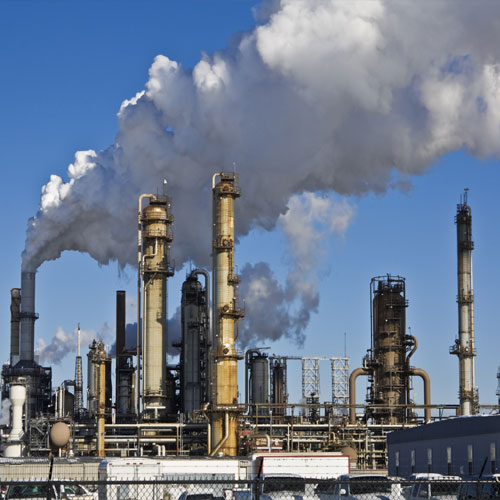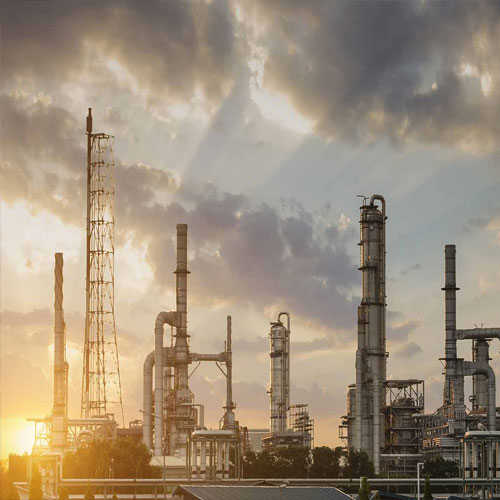Crude oil refinement
When crude oil is extracted from the earth, it must change in to the petroleum products that have value and can use them for transportation, heating, generating power. In fact, crude oil should be refined into petroleum products by doing applying chemical and physical changes with the aim of production usable and valuable products.
Oil refinery is done in 3 steps:
- Separation
This step can be done by piping with hot furnaces, then the liquids and vapors discharge into distillation units. Liquids and vapors separate into components called fractions. Heavy fractions such as gas oil are on the bottom and light fractions such as gasoline and liquefied refinery gases are on the top.
Each fraction corresponds to a different type of petroleum product, based on the temperature at which the fraction boils off.
- Conversion
In this step, heavy and light fractions should be processed into lighter and more valuable products such as gasoline. This step also known as cracking, because It is done by using heat and pressure to break apart the molecules into lighter fractions. A cracking unit involves heat exchangers, network of furnaces and complex refineries have more types of crackers.
Cracking is used on lighter and lower- value fraction to produce more gasoline. But reforming is the process of changing low-value fraction into high- octane gasoline components under heat and pressure.
- Treatment
The final step is called final treatment to make gasoline. Octane level, vapor pressure level or other special components determine the gasoline composition.

Types of refineries
Refineries can be divided into 3 types based on their products:
- Fuel refinery. Which are the most common type of refineries and their aim is to produce fuels such as gasoline, liquefied gas and kerosene.
- Oil refinery. Their products are all kinds of light and heavy lubricants and bitumen and can be produced separately or in the process of a refinery.
- Petrochemical refinery. Which are produced fuel products, raw material of petrochemical units such as aromatics, ethylene.
What is oil distillation in crude oil refinement?
Distillation which is done in a tower called distillation column, is the most important step to refine crude oil. These towers include two types:
- Atmospheric distillation column
The crude oil is first removed from any salts. Next, the crude oil passes through a number of heat converters to transfer the heat from the products to the incoming crude oil. At this step, crude oil must enter to the furnace for complete heating. The crude oil is formed in a two-phase, combination of liquid and vapor phase.
Heavy fractions remain on the bottom and light fractions come on the top of the cylinder of the distillation tower. Usually, along with each cut of oil, some lighter fractions are removed from the distillation tower.
- Vacuum distillation column
Some heavy fractions remain from atmospheric distillation tower which have high boiling point. The fractions enter furnace and some water vapor is injected to make more fluid.

